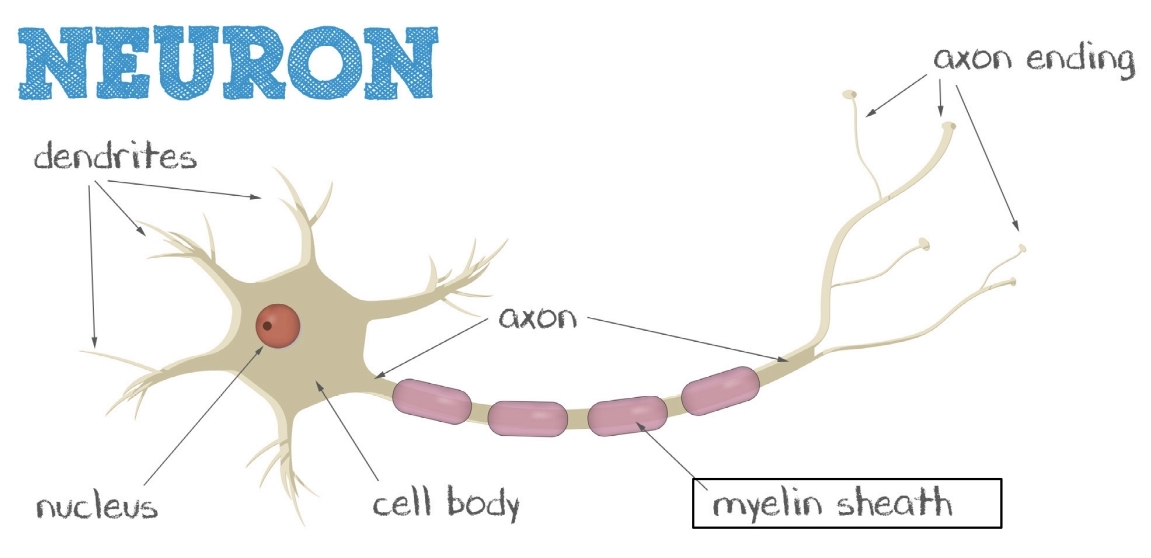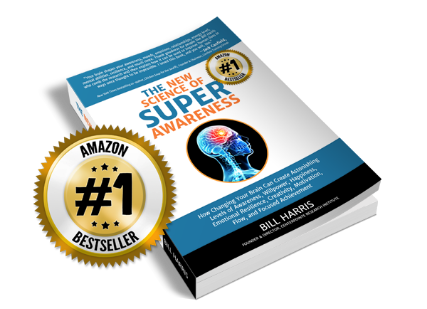This article is about Patterns and Conditioning and how they affect your happiness

Conditioning Our Happiness
As we get deeper in to our 'Happiness Onion', the next layer we encounter is that of our 'conditioned' responses to things. I'm sure every reader has had an experience where something happened that brought on an almost automatic response.
For instance, you walk into a room and there is a distinct bad odour - you may choke or cough, or turn up your nose in disgust and head for the window to open it.
Our entire life is spent responding to stimuli of various types and all of the 5 senses play a key role.
So it is when we experience happiness, or the lack of it.
As children, we are exposed to a number of things that can be instrumental in the way we deal with life.

Just imagine a baby boy learning to walk. Initially the infant mind is wide open to all experiences. If he falls down and doesn't hurt himself, then he won't associate falling down with pain. He simply gets up and starts again.
However if he does hurt himself, he may associate falling down with pain and seek ways to avoid walking.
This is a crude form of conditioning, but it illustrates the basis of all of it - the association of circumstances with feelings.

Classical Conditioning: Pavlov and His Dogs
The essentials of the conditioning process are discussed in this article about Pavlov and his dogs. We often react to a situation based on the expectation of an outcome, despite the fact that outcome may not necessarily occur.
Pavlov's dogs responded to a stimulus that he had conditioned into them, namely the sound of a metronome clicking just before they were fed.
Of course, this would not happen in the wild or even in a normal domestic situation, so Pavlov proved that the associative process was learned, not intrinsic.
We now know that this is hard-wired neurologically, but with the phenomenon of neuroplasticity, the brain rewires itself to adapt.
It has often said that at a basic level, humans always seek pleasure and avoid pain. The pain can be physical or mental, and often physical pain that we experience as a child can translate into mental pain when we try and extrapolate the 'what if' into negative territory.
Essentially, the expectation of pain (or catastrophe, or any other 'negative outcome') is a prime factor that can make or break our happiness, and we do indeed learn to 'be happy' based on stimuli and experience.
It seems logical, therefore, that if we want to be happy, we should learn to be happy.
So how to learn to be happy?
Simply by conditioning ourselves to be happy - the same way we were conditioned to be sad, unhappy, fearful or any other negative emotion.
With Pavlov, the conditioning stimulus was a metronome 'click'. With humans, the conditioning stimulus could be anything.

Conditioning Yourself To Happiness - Use An Anchor
The best place to start is to think of a time when you were totally happy. It could be as simple as enjoying an ice cream or sitting on the beach. Write out a number of memories of happiness that you have.
Now, for each one of them, concentrate on the feeling you had. Take your time and experience it to the full as you did during the event itself.
Next, pick a part of your body that you want to touch, say a knuckle on your hand. It could be touching your thumb and forefinger together (similar to the 'OK' hand signal) - anything you wish. It does not need to be anything overt that others can see.
Now, re-experience the happiness you felt in that situation, and as you get to the peak of your happiness, touch the part (say your knuckle) and press firmly at the time of peak happiness.
When the feeling of happiness begins to subside, gradually release the pressure on your knuckle.
After a minute or two, test the process - press on the same knuckle in the same way and you should re-experience happiness.
Science tells us that this process, called Anchoring, works best in short term situations where you want a short hit of happiness.
It's useful in stressful situations where you need to take your attention away from the 'negatives' of the situation and place you into a state where you can deal with it more rationally.

Conditioning Yourself For Joy - Wire Yourself Up
The anchoring technique described above is very useful, but as mentioned it is only a short-term conditioning solution.
Our life is largely composed of stressful or negative events as well as joyful events. Ideally we want more of the joyful events and 'zero' stress events, ie, more pleasure than pain.
The brain can be thought of as a huge and complex system of wires. For each thought, whether conscious or not, there is a sequence of neurological events that occur.
Some of these are events are stressors or stress wires, and some are joy wires.
In general, we experience stress when we internally (or externally) resist something. We experience joy when we are at one with our values.
So, in order to experience more joy or happiness, the solution is to re-wire yourself to experience joy more often than stress, to undo the stress connections and create new joyful connections.
There are many kinds of stress events - some can be minor and some are major. However the most insidious are chronic stress effects.
This is where minor stressors can build up chronically to produce a whopper reaction (overreaction). The initial trigger can be just one minor stressor, but the reaction is huge.
Imagine you are on a road that is slowly running up hill. It progressively gets higher and higher, and eventually you reach a cliff... And then it only takes one event, such as tripping up, to push you over the edge.

4 Strategies To Reduce or Avoid Stress
Strategy 1- stress avoidance, reduction or elimination.
We can either deal with stress unproductively or productively.
Unproductive stress reduction (often called negative coping strategies) are things like
- substance abuse
- addictions such as love and sex, shopping, facebook and social media, or any kind of obsessive behaviour, etc.
Productive stress reduction can be a number of things such as:
- making a choice to avoid stressful situations
- setting behavioural boundaries
- if the stress involves other people, avoid them where possible.
If the situation cannot be avoided, try to mitigate it by
- going for a walk
- doing something you love doing (or even thinking about it)
- deep breathing
- positive self talk
- journaling
Basically the idea is to take your focus off the situation at appropriate times or moments.

How Strategy 1 works
In order to have less stress and negative emotions, neurologically you create new pathways in your brain that pertain to joy. The more of these you have the more likely they will supersede the pathways to stress and non-joy.
Furthermore, repeated use of these pathways makes the brain 'supermyelinate' them and make them more important.
Myelination is a term used by neurologists to describe the protein sheath that surrounds each nerve cell. The more myelin that surrounds a nerve cell, the better the pathway is.
When you learn things, it makes the pathways thicker than others and makes them used more often.
Hence the more times you experience joy, the thicker and more effective the myelin sheath becomes.

Strategy 2 - Give yourself a Joy Boost
Basically there are 3 steps:
- Focus on your breathing. This will bring you to the present moment.
- Stand up straight, head slightly up and hands open and preferably with a smile. When you hold this posture, your body begins to relax.
- Think about something that brings you pleasure, such as patting a puppy or walking through the mountains.
Strategy No. 3: Replace the negative with the positive.
If you have a negative experience within a generally positive experience, sometimes you tend to focus on that negative part of it, even though the whole event was largely positive.
An example of this might be you're at a wedding, and for most of the time it' was a great experience, but it was spoiled by the quality of the food.
Often you take home the negative experience despite that most of the experience was positive.
To fix this problem, replace it with something else positive from the same experience.
- Sit down and think first about the experience and the negatives you took from it. Don't spend too long on it - just enough time for you to be aware of it.
- Now pick something to replace that negative experience. If you have one from the event, use that. Otherwise, think of something unrelated to the event such as cute babies or loved pets.
The idea is to prevent you focusing on the negative event by replacing it with something positive as soon as possible. The process should be near instantaneous - think of the negative experience, and then immediately switch to the positive one. - Repeat this process at least 10 times initially for your brain to learn the new pathways.
- Do this process every day for at least 20 days and up to 30 days.
- Ultimately you will be in a situation whereby the event will come up but you will automatically switch from negative to positive without thinking about it.
Strategy No. 4 - Change your brain state.
In the book 'Wired For Joy', the author Laurel Mellin has a technique to help you change your mental state. Here she describes 5 brain states in descending order of severity - 'Feeling Great', 'Feeling Good', 'A Little Stressed', 'Definitely Stressed' and 'Stressed Out!'.
The basic process is to recognise and accept that you are feeling the way you are, determine the brain state that you are in, and use 5 different tools to change your brain state to 'feeling great' (#1 state).
For example, If you find yourself stressed out (#5 state), the tool she recommends is the 'Damage Control Tool'.
Here, you say to yourself (or out loud) several things:
- Say: "Do Not Judge" (and this can be in relation to yourself or to others).
- Then say: "Minimise harm"
- Say: "This will pass - it's just a wire"
Repeat this 10 to 20 times until you "pop the circuit", meaning you will snap yourself out of it. You will either feel joy (#1 state) or you will find yourself in the other 3 states above it. In this case you can apply the other tools in the technique to get to #1 state.
For more details about this process, please check out the book 'Wired For joy' at https://amzn.to/2rSPB16.

Wrapping It Up
We are all conditioned (wired up) in one way or another to experience a variety of emotional states, of which happiness is just one. If we want more happiness in our lives, we need to create strategies to make this happen.
We can change our conditioning in a simple way, as in the Pavlov stimulus/response technique, we can use anchoring, or we can do it using the 4 strategies outlined above.
What stands out is the need to be aware of unwanted states before you can even change them and replace them with happiness.
If you would like to learn a bit more about becoming more aware, check out 'The New Science of Super Awareness' by Bill Harris. You can obtain a free copy here.
Next Article: Your Current Mood
Previous Article: Time And Happiness
Free Coaching Session!
Often just reading a blog post is not enough to make deep changes in your life.
Why not sign up for a free 'Happiness' coaching session with me? Please visit this page for more information.

